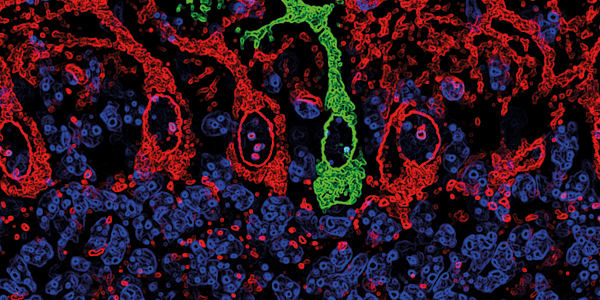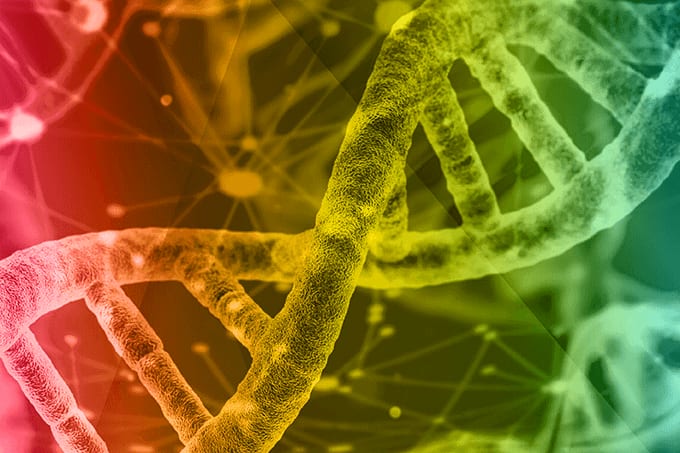The onset of Alzheimer’s disease (AD) – the most common form of dementia – is an anxiety-inducing possibility for everyone as they reach old age. Clinical trials have so far failed to develop novel therapeutics for the disease and diagnosis remains challenging, particularly in the early stages. However, one thing is certain: biomarkers are a beacon of hope for early detection and to allow researchers to track dementia progression.
Tau proteins, commonly found in the neurons, are well-known biomarkers of AD. Post-translational modifications often lead to an accumulation of abnormal tau proteins. In a recent study, researchers from North Carolina, US, tested several tau antibodies using post-mortem brain tissue from AD patients and non-AD subjects (1). The antibody screening revealed several tau phosphorylation sites, including p-tau198, that occur at high frequencies in the brains of AD patients. As proof of principle, the researchers showed that p-tau198 can differentiate between AD and non-AD brains, meaning it could be a suitable biomarker for AD detection as a patient transitions into mild cognitive impairment. p-tau198 is also more sensitive and specific than existing AD biomarkers p-tau181 and p-tau217.
Another biomarker breakthrough identified circulating cell-free genomic DNA (ccf-DNA) as a possible indicator that an individual might have a higher risk of developing dementia and a decline in physical function (2). Over eight years, researchers collected blood-based serum from 631 individuals without cognitive impairment. Quantification of ccf-DNA fragments using digital PCR confirmed that higher ccf-DNA levels were correlated with increased odds of incident dementia, steeper general cognitive decline, and frailty.
Image Credit : StarGladeVintage / Pixaby.com
References
- L Wu et al., ACS Chem Neurosci, 13, 3281 (2022). PMID: 36350059.
- LS Nidadavolu et al., J Alzheimers Dis, 89, 1233 (2022). PMID: 36031893.




